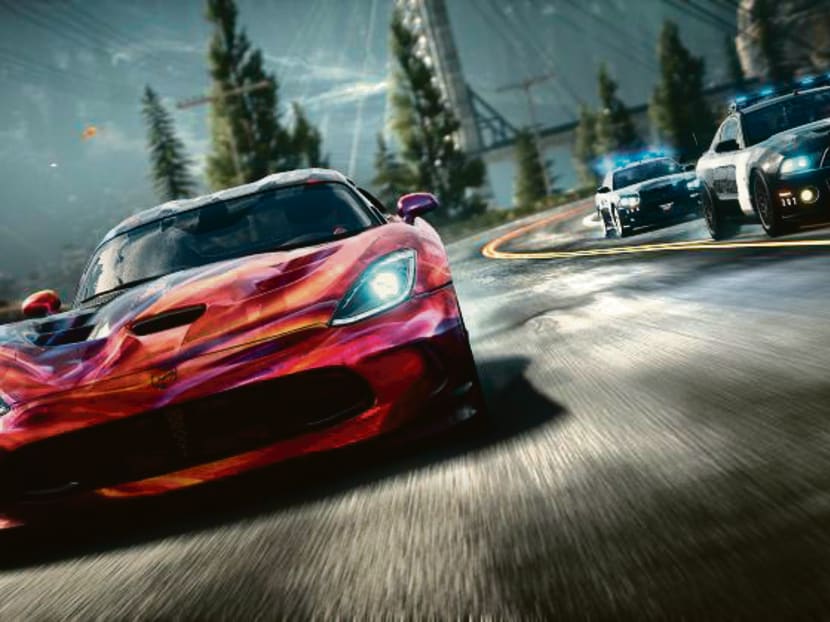The long road from console to box office
SINGAPORE — The video game industry was forever altered in August 1994 when the very first Need For Speed game was released.

SINGAPORE — The video game industry was forever altered in August 1994 when the very first Need For Speed game was released.
The game — which was exclusive to the now-ancient 3DO consoles and DOS operating systems on the personal computer — immersed players into the world of street car racing and for many gamers, myself included, it started our infatuation with automobiles.
EA Entertainment production was immediately heralded for its authenticity, winning over fans with its exotic race cars and the chance to triumph on the race track.
And it was no surprise that Need For Speed went on to become the most successful video game franchises of all time. It has been published in 22 languages in 60 countries, selling more than 140 million units and raking in sales of more than S$5 billion.
But few know that what really propelled the game to stardom was a partnership with automotive magazine Road & Track.
The tie-up helped make the game more realistic by giving gamers access to a car’s technical specs, precise instrument data, photographs of the interiors and exteriors and actual reproductions of a vehicle’s sounds.
The result was a simulation of car handling and physics that are as realistic as possible.
Gamers around the world quickly became infatuated with Need For Speed, fascinated by the flashy cars, over-the-top crashes and elaborately designed levels. The games today still boast lavish environments and the competition is still struggling to match the beauty of its graphics.
It soon spawned a series of popular racing titles that were now compatible on additional gaming consoles, PCs and mobile devices.
Those titles included Need For Speed: Underground, Shift, ProStreet, Nitro, The Run and V-Rally as well as numerous special editions. While they all carried the same Need For Speed branding, each had a unique look and feel. Some introduced new cars, locations and styles of racing — such drifting and drag racing — while others offered weapons and police pursuits. Some even had decent plots, almost a rarity in racing games today.
Inevitably, the franchise’s success tempted film producers to pursue developers Electronic Arts about turning the game into a feature film. But the company was hesitant as the majority of games made into films had not been successful. So they decided to take a proactive approach and not wait for the perfect script.
“We went in knowing the kind of film we wanted to make and looking for experts in the industry to help us make it even better,” said producer Patrick O’Brien. “The brand is important to us, as are its fans, so we knew we had to do it right — and with the right partners — or not do it at all.”
The final result promises to be something not often seen in cinema, where the audience becomes the driver behind the wheel, something that is sure to appeal to fans of the Need For Speed franchise who were drawn to it for the same reason in the first place — the authenticity.







